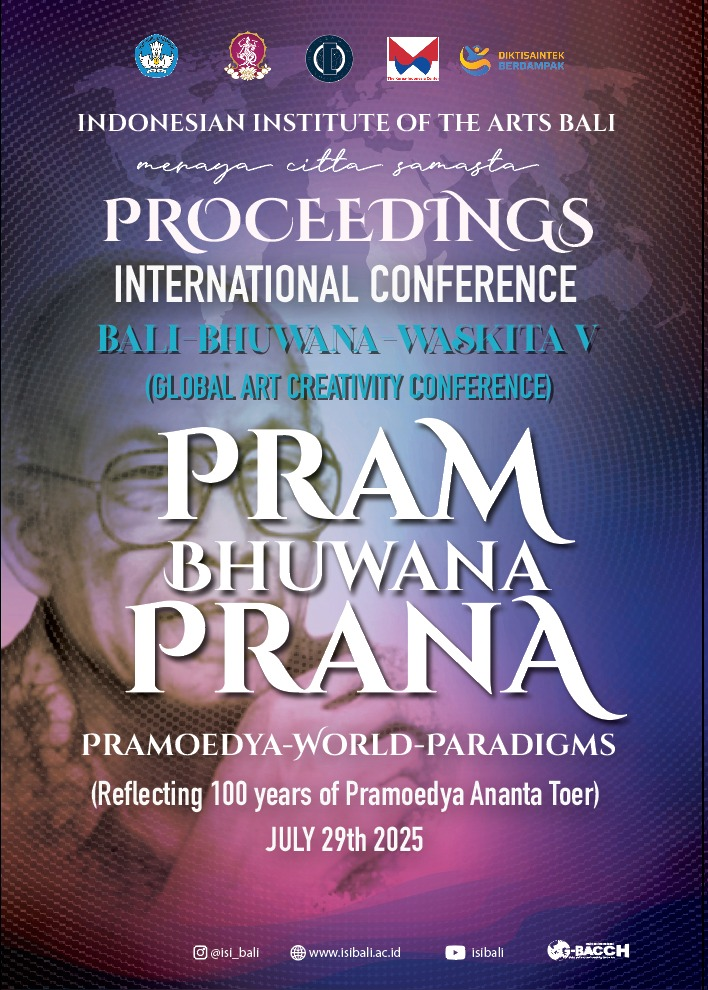The Idea of Home and Displacement in Anak Semua Bangsa by Pramoedya Ananta Toer
DOI:
https://doi.org/10.31091/bbwp.v5i1.639Keywords:
Pramoedya Ananta Toer, Anak Semua Bangsa, Home, Displacement, Postcolonial IdentityAbstract
This paper explores the thematic construction of home and the experience of displacement in Anak Semua Bangsa (Child of All Nations) by Pramoedya Ananta Toer. As the second novel in the Buru Quartet, the text continues the journey of Minke, a native intellectual negotiating his identity amid the turbulence of Dutch colonial rule. The narrative presents home not merely as a physical dwelling, but as a contested ideological space shaped by race, power, and colonial epistemology. Through the characters of Minke and Nyai Ontosoroh, the novel interrogates how colonial structures displace native subjectivities, both literally and symbolically, resulting in fragmented identities and shifting notions of belonging. Drawing on postcolonial theories by Homi Bhabha and Edward Said, this paper examines how colonial modernity fractures indigenous connections to home while simultaneously generating hybrid spaces of resistance and redefinition. The analysis focuses on selected episodes that highlight exile, inheritance, and spatial marginalization, revealing how Pramoedya reclaims the narrative of home as a political site of cultural assertion. Ultimately, the study situates Anak Semua Bangsa within broader world-literature paradigms by showing how Indonesian anti-colonial resistance resonates through the language of displacement, memory, and imagined return.
Downloads
Published
How to Cite
Issue
Section
License
Copyright (c) 2025 Nurhanis Sahiddan, Awang Azman Awang Pawi

This work is licensed under a Creative Commons Attribution-NonCommercial-ShareAlike 4.0 International License.




